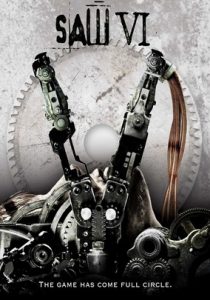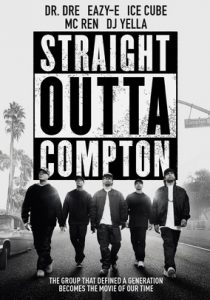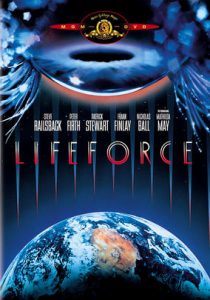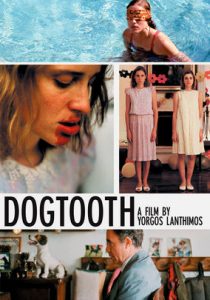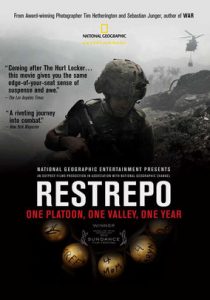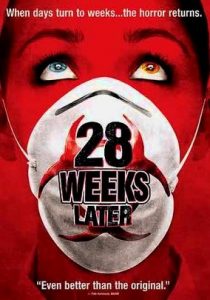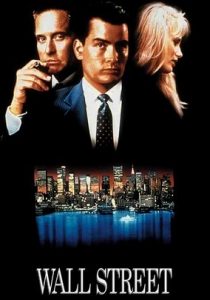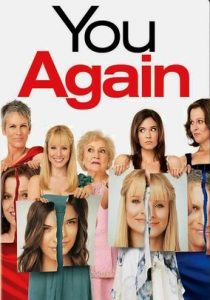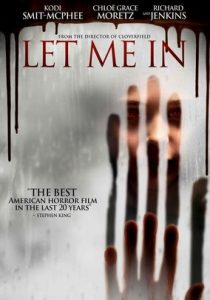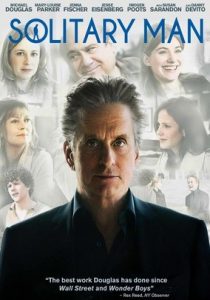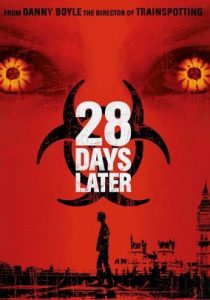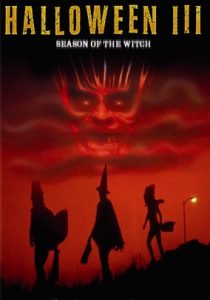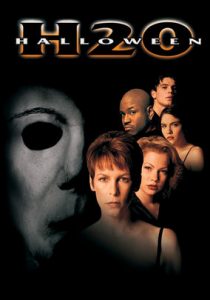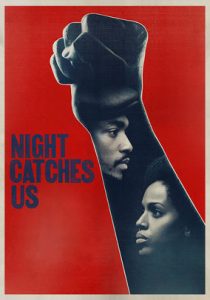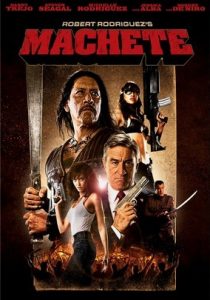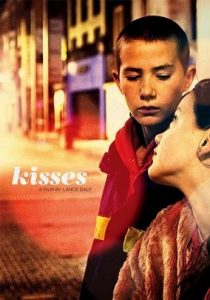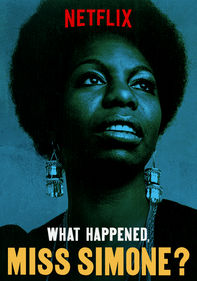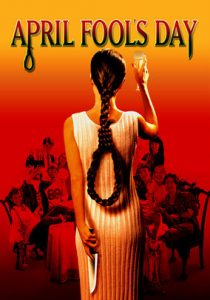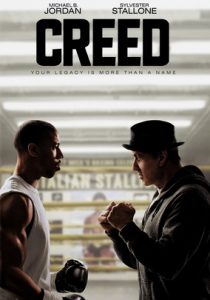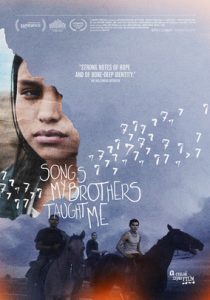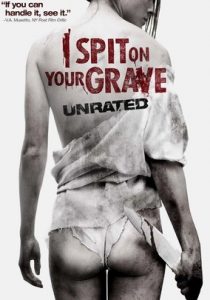The Girl on the Train-2016
Director Tate Taylor
Starring Emily Blunt, Justin Theroux
Scott’s Review #493
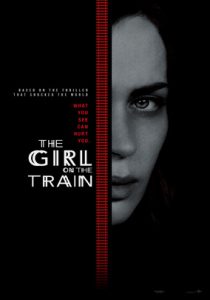
Reviewed October 12, 2016
Grade: B+
The blockbuster was the apparent must-see film of the fall of 2016. Almost everyone flocked to see it, and I happily saw it shortly after its release.
While containing some flaws, The Girl on a Train (2016) is an excellent thriller and companion to Gone Girl (2014). It is similar in style, tone, and, in a way, story.
A whodunit with psychological, almost Hitchcockian elements, it navigates twists and turns to an unfortunate, disappointing finale.
Still, it is a more than adequate offering that does not bore.
Based on the hit novel of the same name, which I understand is superior to the film.
First and foremost, how gorgeous was the scenic eye candy of suburban New York City, where the train chugs along the Hudson River in breathtaking beauty?
The film’s point is that affluent houses are nestled along the river banks, hidden with secrets. Beautiful neighborhoods are often riddled with affairs, drama, and backstabbing.
The train’s setting and element—peering through windows to witness smoldering events—were perfect.
The film’s standout is Emily Blunt, who gives a compelling, sometimes heartbreaking turn as a boozy, jobless, young woman fraught with heartbreak after heartbreak.
She finds solace on the Metro-North train as she peers into a particular well-to-do house, making up stories about a young woman she re-names daily, usually inebriated.
Though The Girl on the Train is not the typical “Oscar-type film,” I’d argue that a potential nomination is warranted for Blunt, who is brilliant on her emotional roller coaster.
Rachel fantasizes about being the stranger’s friend, revealing her desperation. We quickly learn about her life circumstances and feel empathy.
I anticipated an experience like Hitchcock’s classic Rear Window (1954), in which Rachel notices a crime and somehow becomes involved. This is partly true, but it is also different.
I was, however, treated to a film that never lags or waivers, and the action is plenty, not in bombs or car-chase way, but instead a circulating array of plot twists and emotions.
How wonderful to see Allison Janney, Lisa Kudrow, and Justin Theroux in a big-budget, mainstream film rather than independent small films for a change.
All three knock the material they are given out of the park, and kudos to the writers for making Kudrow, in little more than a cameo, a significant part of the grand reveal.
Arguably, Janney’s character of Detective Riley is the weakest written and seems to change motivations depending on the story shift. This is perplexing and too plot-driven.
In a way, the same might be said for Theroux’s character of Tom Watson, but, alas, it is a thriller, which sometimes happens in this genre.
Without giving much away, the conclusion to the film is unsatisfactory. We are given an ending wrapped in a neat, tidy bow, which contradicts the rest of the film.
The film is confusing, dream-like, and muddled—in a good way. Rachel’s thoughts disturb us, and we wonder what reality is. The climax is too clear, and instead of leaving much to the imagination, we are fed a linear, straightforward story ending, almost geared toward a Hallmark television movie (gag).
Wise would have been to write Rachel as still vague about her surroundings, but this does not occur.
The Girl on the Train (2016) will not redefine cinema or go down in history as fine art, but it is not intended to be the type of film designed to keep you on the edge of your seat and does so.
The story is above average and slick, but Blunt is worth heaps of praise and is head and shoulders above the rest of the film and the cast, which is no small feat considering the talent involved.
Great acting job, but the writing could have been slightly better.
